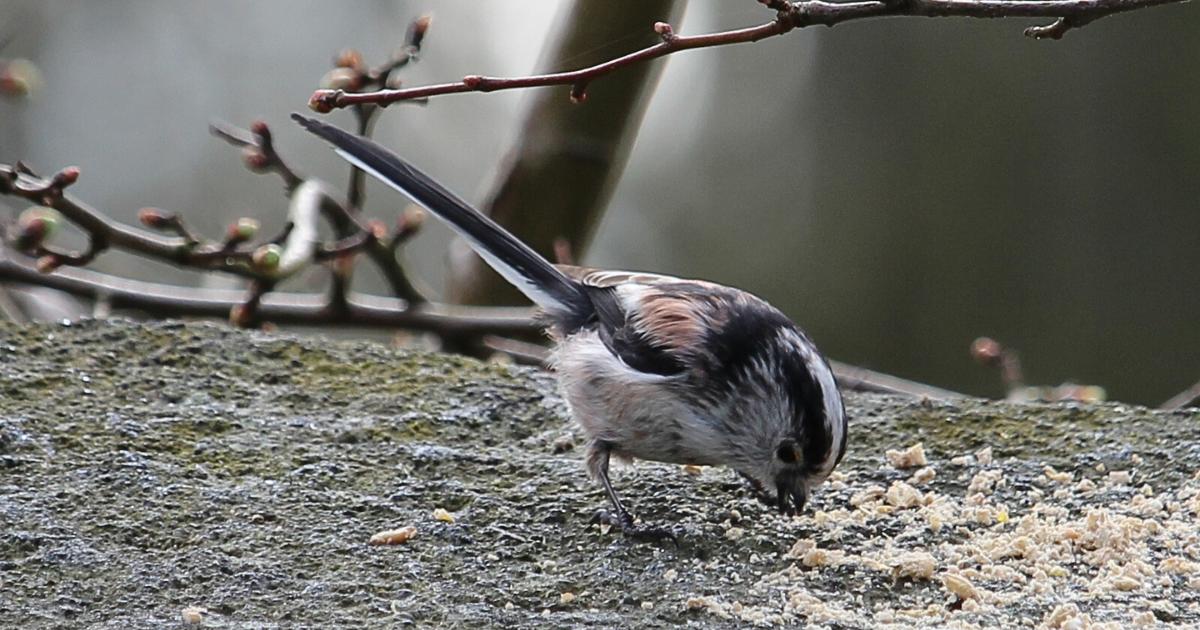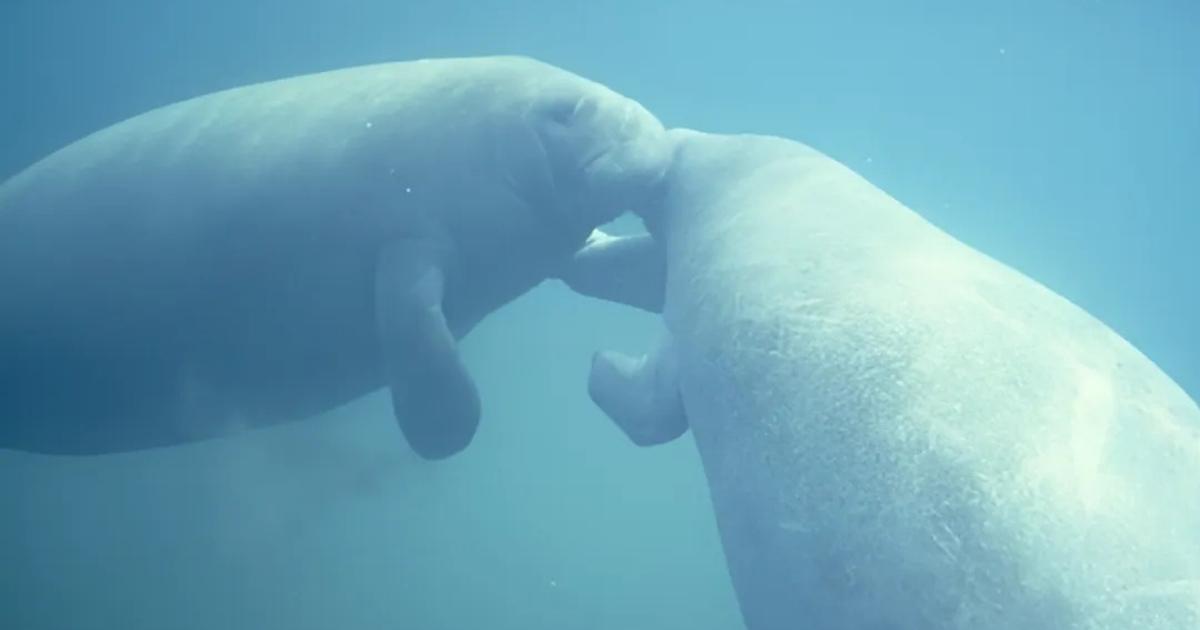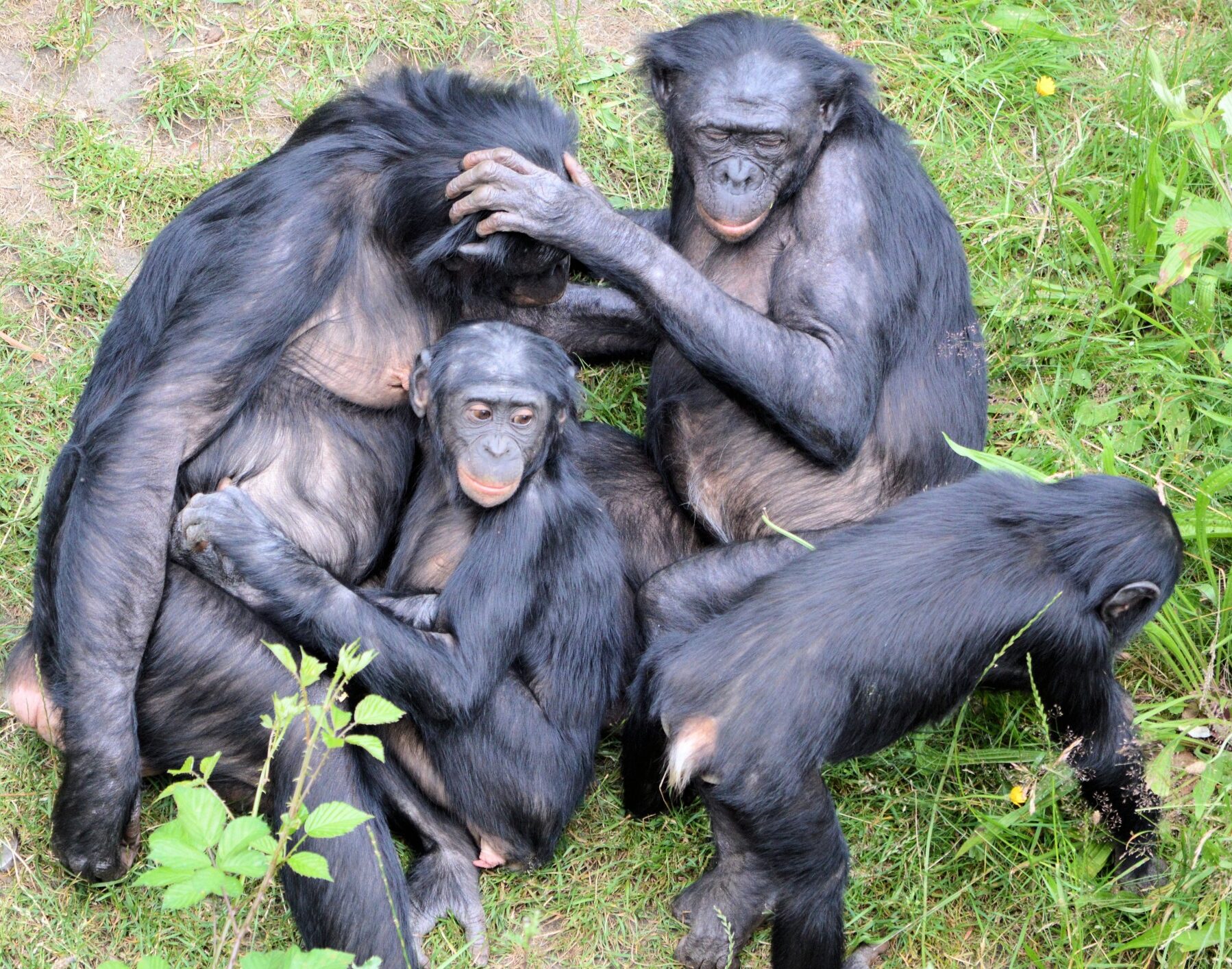The long-tailed tit (Aegithalos caudatus), a sociable songbird no heavier than a AA battery, thrives through a remarkable system of cooperation rooted in kinship. For 30 years, scientists in Sheffield’s Rivelin Valley have studied these birds, uncovering how “kin neighborhoods” form and why helping relatives is key to survival.
Nests, Predators, and Second Chances
Each spring, long-tailed tits build intricate dome-shaped nests from moss, lichen, and spider silk. Females lay 8–11 eggs and incubate alone for two weeks, while both parents feed chicks until they fledge at three weeks old. But danger looms: most nests fail.
When tragedy strikes, failed breeders don’t give up. They become helpers. About 25% of these birds, mostly males (80%), join nearby pairs to feed nestlings. Remarkably, 57% assist close kin like siblings or parents, boosting their own genetic legacy. Each helper increases a male chick’s chance of survival by 6–8%, a lifeline in their short, risky lives.
Three Secrets of Kin Neighborhoods
- Stay Close to Home: Young tits don’t wander far. Males settle just 500 meters from their birthplace on average, creating pockets of relatives. Females disperse farther but still often breed near family.
- Family Road Trips: Immigrants—40% of breeders yearly—often arrive in groups with 2–7 siblings. These coalitions keep kin bonds intact, even in new territories. In Estonia, migratory flocks showed 80% of autumn travelers were with close relatives, proving family ties survive long journeys..
- Predation’s Hidden Role: When predators wipe out entire broods, only a few families dominate the next generation. This “fecundity bias” tightens genetic links, making cooperation more likely.

When Helpers Step Up Or Step Back
Helping peaks under specific conditions. Moderate predation balances failed breeders with surviving nests needing aid. Short breeding seasons also boost helping, as birds abandon late nesting attempts.
Individually, kinship drives decisions. But it’s not foolproof. Helpers use family-specific calls learned as chicks, yet some can mistakenly aid non-relatives.
The Cost of Kindness
Helping is taxing. Males in good condition often assist the nearest nest, usually a sibling’s. But females, drained by egg-laying (clutches weigh 120% of their body mass!), rarely help. Meanwhile, dispersal splits the sexes: stay-at-home males gain indirect fitness through kin, while wandering females thrive in fitness.
It’s a delicate balance. Kin neighborhoods thrive on limited dispersal, but too much closeness risks genetic bottlenecks.
Lessons from 30 Years of Feathers and Family
This research highlights nature’s resilience. Predation, often seen as a threat, emerges as an unexpected architect of cooperation. Migration, thought to fracture social bonds, instead showcases birds’ flexibility—kin stick together, even mid-flight.
For scientists, the long-tailed tit’s simple system, where helpers gain little direct reward, offers clarity in understanding social evolution. Future studies will explore winter flock dynamics.
A Survival Strategy for Changing Times
As habitats shrink and climates shift, understanding these social webs grows urgent. Long-tailed tits remind us that family isn’t just important—it’s a survival strategy sculpted by millions of years of trial and error. In their lichen-covered nests and cooperative spirit, we find wonder in the everyday dramas of woodland life.
“Ecological and demographic drivers of kin-directed cooperation in a social bird: Insights from a long-term study.” Morinay et al. Journal of Animal Ecology, 2025.







